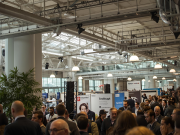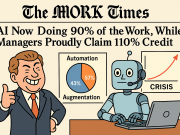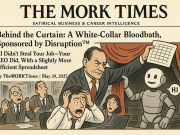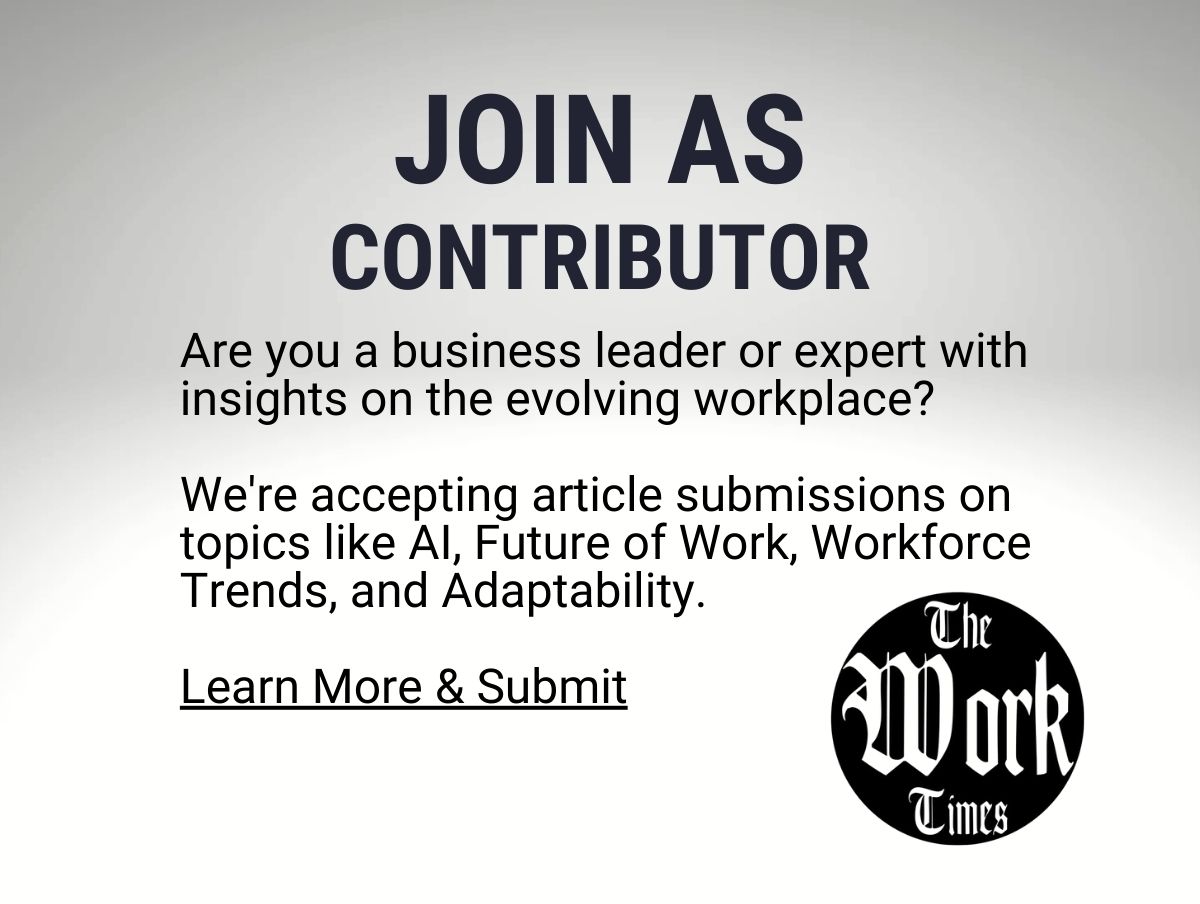Shein’s UK Momentum: A 32% Sales Surge and the New Playbook for Work in Retail
The headline is terse but consequential: Shein’s UK arm reported a 32.3% jump in 2024 sales to £2.05 billion. That number is not just a revenue line—it is a signal. It signals renewed consumer appetite in a market still recalibrating after pandemic disruptions, it signals operational muscle at scale, and it signals a sharper profitability outlook as the business eyes a potential Hong Kong IPO. For those who follow the world of work, this is a story not only about clothes sold, but about jobs created and transformed, management choices tested, and a labor market adjusting to a new rhythm of retail.
The numbers behind the momentum
Numbers as plain as they read have complicated effects. A 32.3% increase to £2.05 billion matters for balance sheets and for workforces. It implies higher volumes across sourcing, distribution, customer service, merchandising and digital marketing. It changes the calculus on margins and therefore on hiring strategies—and it reframes priorities for managers who must convert demand into durable profit without losing the agility that built the growth.
Why this matters to the workplace
At first glance, a sales surge means more jobs. Warehouses hire, supply chain planners expand teams, and customer support scales to meet rising enquiries. But beneath that simple arithmetic is a more nuanced workplace story:
- Speed demands new skills. Rapid-turnaround product cycles and data-driven merchandising place a premium on real-time analytics, demand forecasting, and cross-functional collaboration. Roles that were once siloed—design, buying, logistics—must now operate in tight loops.
- Automation reshapes roles. Increased volume often accelerates automation for repetitive tasks: inventory picking, returns processing, and chatbots for routine queries. That can displace certain types of work while creating demand for oversight, maintenance, and data-ops roles.
- Seasonality becomes a strategic HR problem. Peaks in demand ripple through temporary staffing, payroll scheduling, and employee wellbeing programs. Companies that scale without planning for workplace strain risk higher turnover and reputational costs.
Operations: where growth meets the grind
Shein’s model has relied on a tightly integrated supply chain and swift feedback from customers to design and deploy products at speed. For work communities this operational posture has immediate effects:
- Logistics concentration. Distribution centers become hubs of employment intensity. The nature of the work is physically demanding and deadline-driven; the challenge for managers is to marry throughput with humane scheduling and safety.
- Data as a workplace lingua franca. Real-time dashboards and performance metrics proliferate, and the workforce needs fluency in interpreting and acting on them. Training in analytics, not just technical hiring, becomes a critical part of talent strategy.
- Cross-border coordination. Growth in the UK market is also a story of global orchestration—sourcing, manufacturing, and logistics that span geographies—and that coordination creates roles focused on compliance, international operations, and local market insights.
IPO on the horizon: investor focus and workplace implications
With a potential Hong Kong IPO on the horizon, the spotlight shifts. Public markets reward predictability and governance. For workers and managers, that has several implications:
- Companies tighten controls: stronger reporting, stricter performance reviews, and clearer KPIs to reassure investors. That can improve transparency but also raise pressure on front-line teams.
- Profitability focus may prompt cost optimization across headcount and third-party contracts—prompting re-skilling or redeployment strategies.
- Increased scrutiny of labor practices: public investors and regulators will weigh workplace standards as part of due diligence, pushing firms to formalize policies on wages, hours, and workplace safety.
Tensions: growth, sustainability and human costs
Rapid growth carries tensions. Fast-fashion models face perennial critiques—from environmental externalities to labor conditions. For workplace communities, these critiques translate into operational and moral choices. Managers may need to:
- Balance cycle time with quality and ethical sourcing commitments;
- Strengthen internal reporting to monitor working hours, safety incidents, and supplier practices;
- Invest in employee voice mechanisms to surface workplace risks early.
Opportunities: the new roles and skills that matter
Growth breeds openings—not just in number but in kind. The surge in the UK market highlights several areas where workers can find meaningful, future-facing roles:
- Supply chain resilience architects. Professionals who can design supply networks that are fast and flexible without compromising labor standards will be in demand.
- Human-centered automation leads. People who can integrate automation in ways that augment rather than displace workers—reskilling programs, ergonomic design, and human-in-the-loop systems—will become strategic hires.
- Data translators. Staff who bridge data science and operations—those who turn dashboards into action plans—will be central to sustaining performance.
- Employee experience and wellbeing specialists. Because speed is sustainable only if people are not burning out, teams that design schedules, benefits, and pathways for temporary workers are essential.
What leaders in work communities should watch—and do
For people shaping workplaces—HR leaders, operations managers, union organizers, and policymakers—the Shein UK story is a useful case study. Practical steps to consider:
- Map workload surges and design staffing plans that mix permanent, temporary and flexible roles with clear pathways between them.
- Invest in rapid reskilling programs that move people from transactional tasks to supervisory, maintenance and data-centered roles.
- Formalize transparency around performance metrics and the human impact of efficiency drives—publish workforce metrics alongside productivity numbers.
- Engage supply chain partners in shared standards for working conditions and environmental impact—growth doesn’t have to outpace ethics.
- Prepare for investor scrutiny by documenting workplace policies, grievance channels, and compliance efforts ahead of any public listing.
Beyond the bottom line: a closing note for hopeful pragmatism
Shein’s 32.3% UK sales growth to £2.05 billion is both a business story and a mirror for the work community. It shows how digital-first retail can scale, how operations and data become the heartbeat of modern commerce, and how public markets can tighten the focus on profitability and governance. For employees and managers, that combination can be daunting—but it is also an opening.
The opportunity is to shape growth so that it creates jobs that are not merely plentiful, but durable and dignified—jobs where automation increases human potential instead of eroding it, where speed is balanced with safety, and where the promise of an IPO or expansion yields gains for communities, not just shareholders. That will require deliberate choices: investment in skills, transparent governance, and workplace designs that put people at the center of a fast-moving retail machine.
Shein’s UK surge is a reminder that retail’s future will be written in warehouses and dashboards as much as on shop floors and storefronts. For the world of work, it is time to read those signals and act—so growth becomes a story everyone can share in.




























